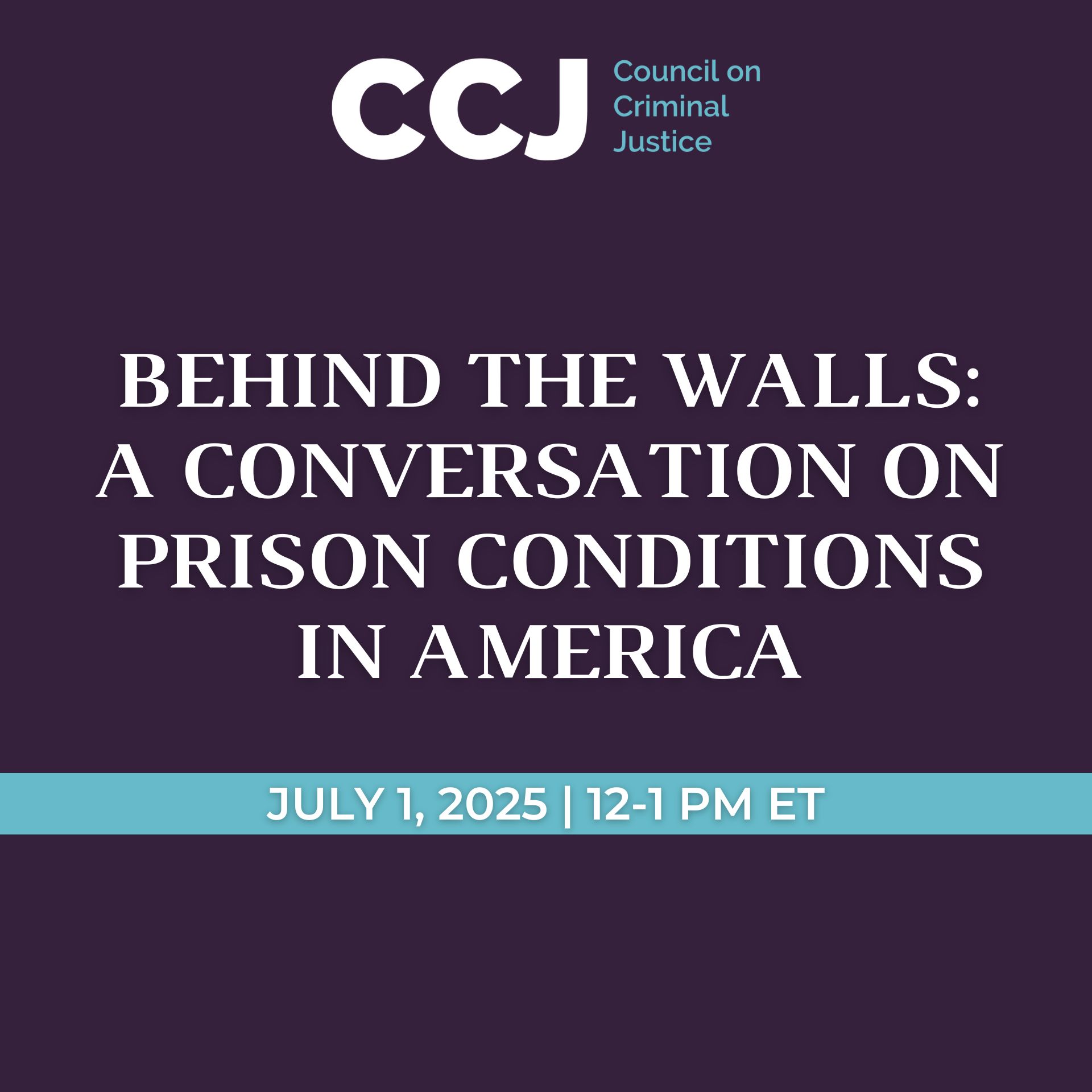At First Meeting, Members Discuss Crime Trends, Data Challenges, and Goals
In their first meeting, members shared their motivations for participating in the project; several expressed a desire for better national crime data to guide local policy and practice and an eagerness to make data more accessible and clearer to the public. Common themes included the difficulty of explaining complex crime trends and ensuring data consumers understand the strengths and limitations of different reporting systems.
The Group heard a presentation from University of Missouri-St. Louis criminologist and Working Group chair Richard Rosenfeld, who presented a historical overview of crime trends from 1960 to 2020, drawing from data collected by the Federal Bureau of Investigation’s Uniform Crime Reporting (UCR) system and the National Crime Victimization Survey. The Group also discussed the timeline for meeting the Working Group’s chief goals over the next two years: providing timely and accurate information on crime trends and identifying ways to improve overall data on crime trends.



